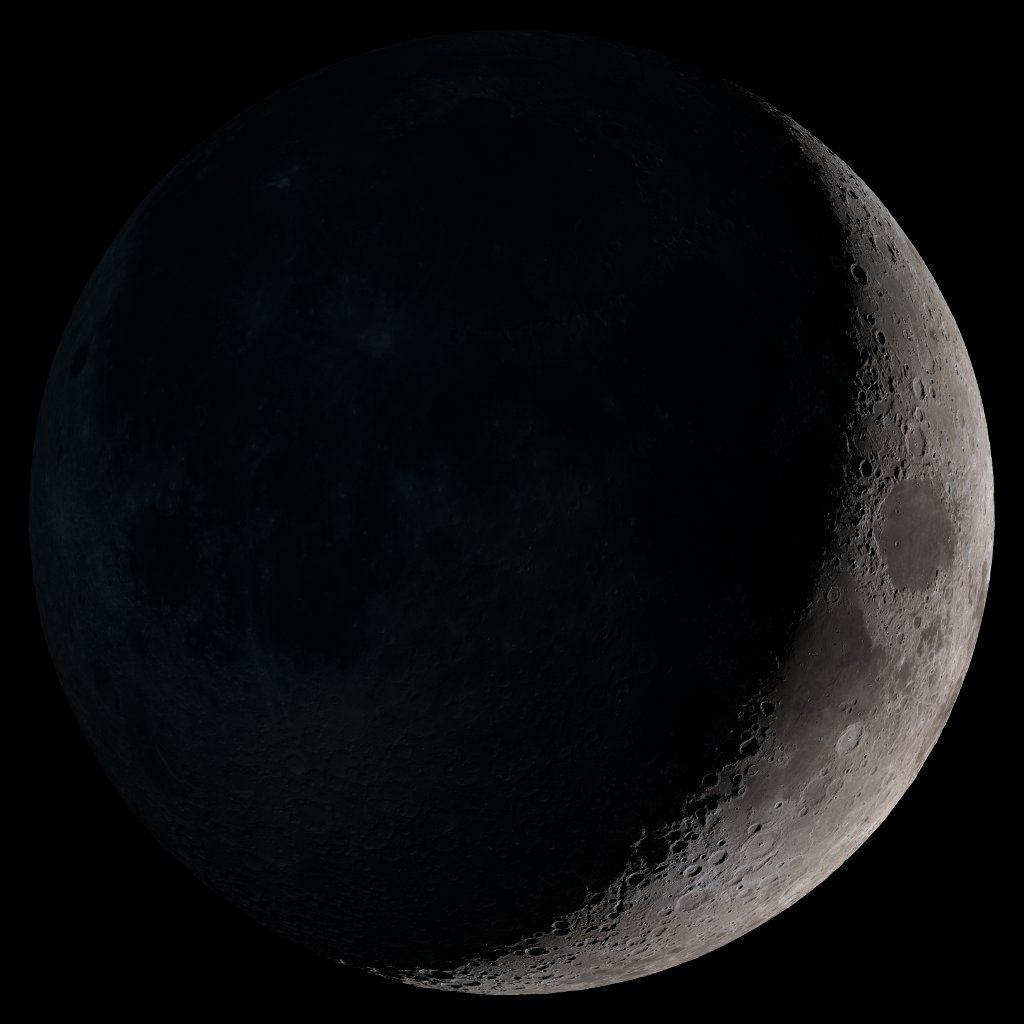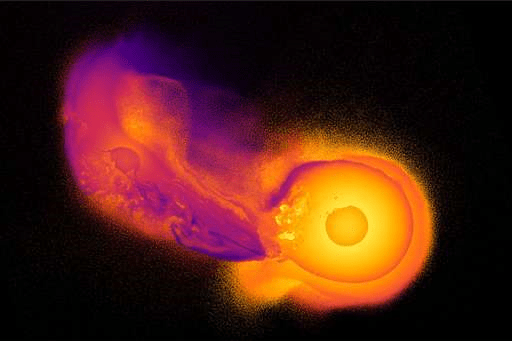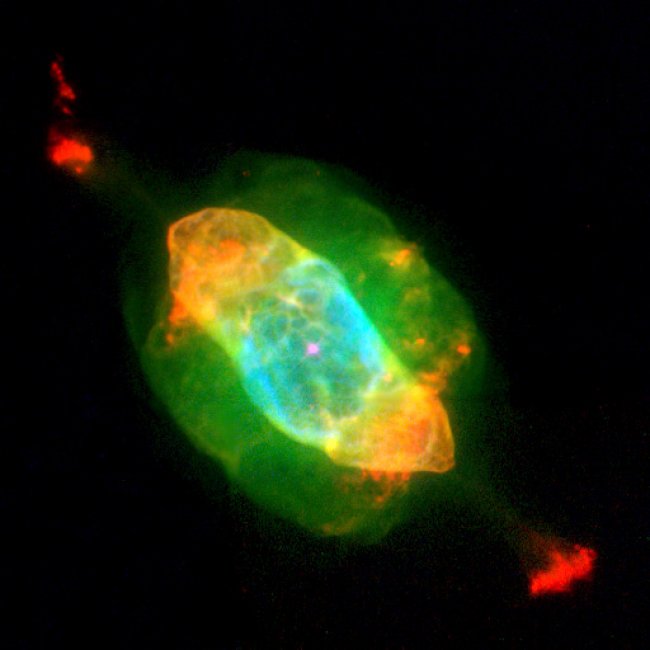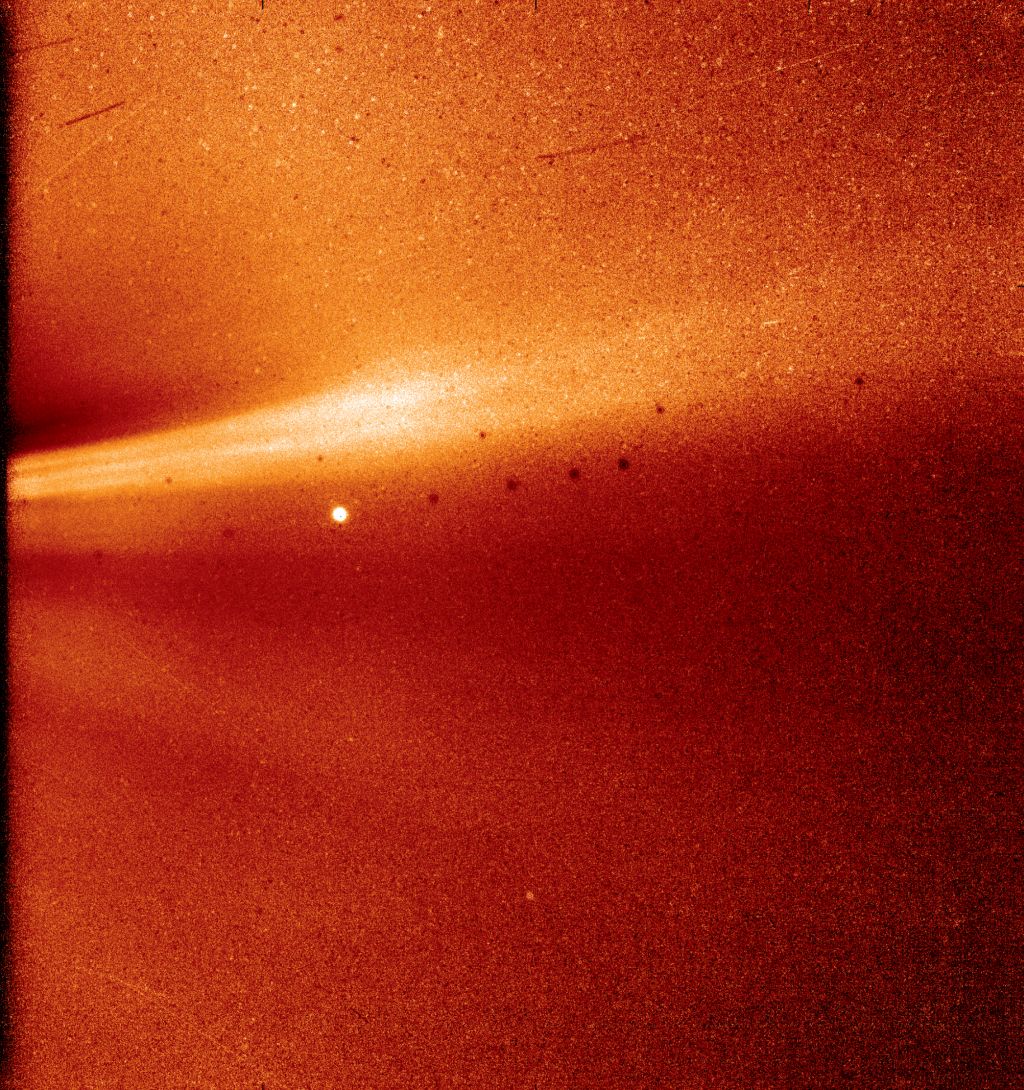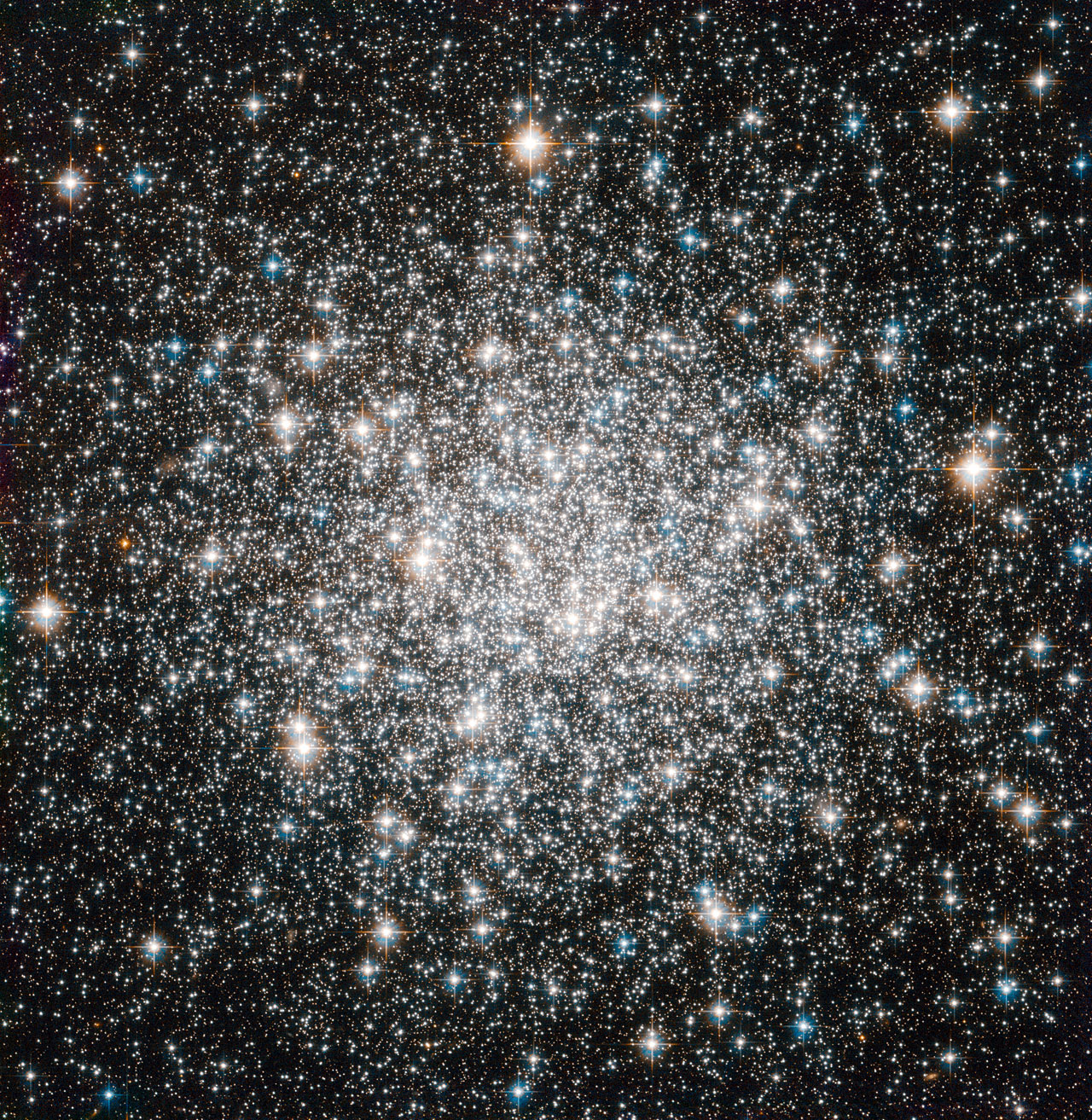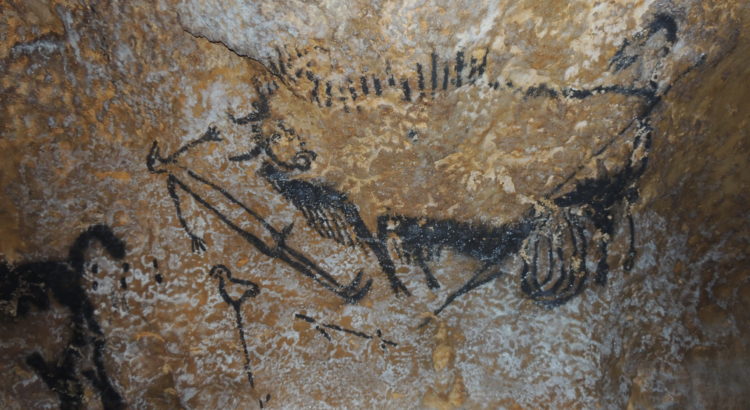WFIRST ain’t your grandma’s space telescope. Despite having the same size mirror as the surprisingly reliable Hubble Space Telescope, clocking in at 2.4 meters across, this puppy will pack a punch with a gigantic 300 megapixel camera, enabling it to snap a single image with an area a hundred times greater than the Hubble.
With that fantastic camera and the addition of one of the most sensitive coronagraphs ever made – letting it block out distant starlight on a star-by-star basis – this next-generation telescope will uncover some of the deepest mysteries of the cosmos.
Oh, and also find about a million exoplanets.
Continue reading “Meet WFIRST, The Space Telescope with the Power of 100 Hubbles”


